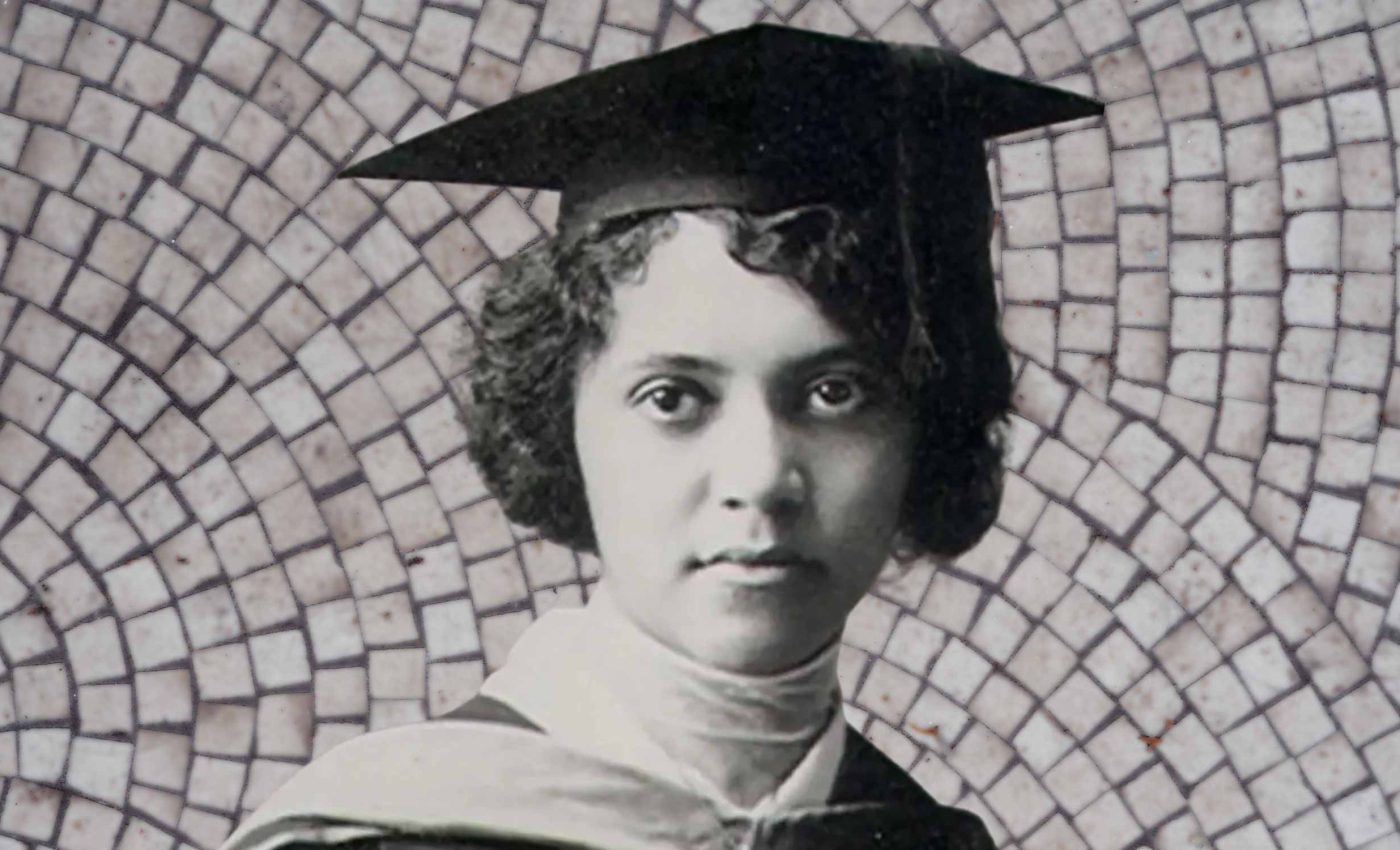
The young chemist who transformed an ancient plant into an effective therapy
In the early 1900s, many people feared leprosy and saw the disease as a life sentence of isolation, with very few treatment options.
According to the CDC, the leading U.S. public health agency, Hansen’s disease (leprosy) is caused by Mycobacterium leprae, which affects the nerves, skin, eyes, and lining of the nose.
Alhough chaulmoogra oil was used as a treatment for centuries in some regions, it usually failed to help in severe cases. A new approach surfaced when Alice Ball from the University of Hawaii transformed it into a more soluble form.
Alice Ball had a passion for chemistry
Alice was born on July 24, 1892, in Seattle, Washington, into a family that valued creativity and learning.
Her parents’ interests in newspapers and photography exposed her to different fields beyond traditional academics, and encouraged her inquisitive spirit.
At the University of Washington, she explored pharmaceutical chemistry, a discipline focused on the creation and refinement of medicinal compounds from natural or synthetic sources.
She earned her first degree in 1912 and a second in 1914, demonstrating unusual drive for someone her age.
The call to tropical medicine
Her quest for deeper knowledge led her to the University of Hawaii, where she studied the kava plant, a botanical with bioactive components.
Kava was known for its soothing effects in some cultural settings, making it an intriguing subject for a talented researcher.
Her success in that research drew the attention of Dr. Harry T. Hollmann, who asked for her help in addressing the treatment of leprosy.
Many physicians at the time relied on oils extracted from the chaulmoogra tree (Hydnocarpus wightianus), but the preparations were unpredictable and sometimes irritating to patients.
Crafting a new solution
She discovered that chaulmoogra seeds contain fatty acids that show potential against the bacteria that cause leprosy.
By converting these fatty acids into ethyl esters, she made the preparation easier to inject into patients, which improved their ability to absorb the medication.
People called it the “Ball Method,” recognizing her pioneering step in making an ancient plant medically relevant. Doctors at Kalihi Hospital in Hawaii reported favorable outcomes in patients who had previously struggled with conventional remedies.
Tragic end and near-forgotten credit
In late 1916, she inhaled toxic laboratory fumes while preparing materials for her experiments, an accident that quickly turned fatal.
She died on December 31, 1916, at just 24 years old, with little public acknowledgment of her groundbreaking developments.
Arthur L. Dean, her academic supervisor, continued the project without clearly mentioning her involvement or her scientific process. Dr. Hollmann stepped in and ensured that her valuable contribution would be recognized in official records.
Remembered legacy of Alice Ball
The University of Hawaii installed a plaque beside a chaulmoogra tree to honor her lasting influence. She also received a posthumous award called the Medal of Distinction in 2007, reflecting a gradual correction of history.
A small satellite named “Alice” was launched in November 2020, as a way of paying tribute to her achievements from beyond Earth’s boundaries.
That modern gesture reminded many in the scientific community to revisit her role in early Hansen’s disease treatment.
A broader impact
Once antibiotics became widely available in the 1940s, the “Ball Method” fell out of common use. Yet historians note that her approach offered one of the first genuine options for people facing severe nerve damage and social stigma.
Her achievement stands among the work of other African American pioneers in science, an often underrecognized group.
While many faced discrimination, individuals like NASA mathematician Melba Roy Mouton proved that diverse expertise can break through restrictive barriers, even in top research agencies.
Alice Ball as an inspiration
Modern experts see her technique as a remarkable blend of traditional botanical knowledge and chemical resourcefulness.
This story sparks fresh discussions on the relevance of natural products in managing diseases worldwide, especially in light of the current trend in increasing antibiotic resistance.
Her path also turns the spotlight on the importance of crediting researchers, especially when they are marginalized by social structures. In her short life, she managed to merge academic chemistry and pressing medical priorities.
Ongoing lessons
The desire to help others propelled Alice Ball, even though her name was overshadowed for a time by more prominent figures.
People study her story to appreciate how determination and focus can reshape the way we view medical challenges.
Though chaulmoogra oil is less common now, her idea of transforming thick extracts into more workable solutions still guides pharmaceutical research.
Efforts to refine plant-derived treatments often mirror her resourceful approach that involved integrating new technology with older remedies.
Looking ahead
Ball’s journey reminds us that life can be brief, but well-targeted scientific contributions can echo for decades.
Her ability to solve a critical challenge illustrates how observation, laboratory methods, and curiosity can make a difference in healthcare.
Those who appreciate her contributions argue that she belongs among the prominent names in medical history, alongside other innovators who expanded treatment options.
Historians agree that her background and perseverance enrich the broader narrative of global scientific progress.
More information about Alice Ball’s contribution is published in Clinics in Dermatology.
—–
Like what you read? Subscribe to our newsletter for engaging articles, exclusive content, and the latest updates.
Check us out on EarthSnap, a free app brought to you by Eric Ralls and Earth.com.
—–












